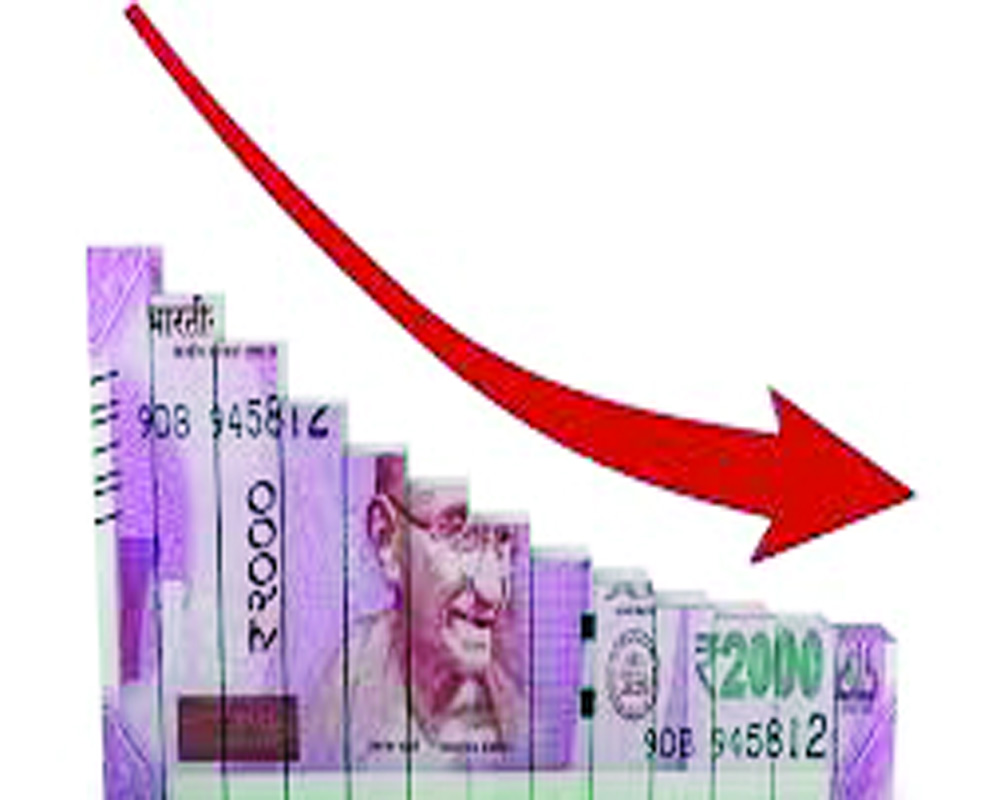Despite notable gains such as a reduced trade deficit, emerging challenges including global tariff tensions highlight the urgent need for comprehensive policy reforms
Over the past decade (2014-2024), the compounded annual growth rate (CAGR) of India’s exports of goods and services in USD terms has fallen sharply to about 5 per cent, compared to 17.9 per cent during 2004-2014 and 12.7 per cent in the period 1994-2004. This decline in export growth has coincided with a significant depreciation of the Rupee, which now trades at roughly Rs 86/87 per USD, a stark contrast to the Rs 60.50 per USD seen in 2013-14. In contrast, between 2000 and 2012, the Rupee remained relatively stable-with occasional appreciation driven by robust export growth at an impressive 19.5 per cent CAGR in USD terms.
This historical perspective demonstrates that a strong, stable Rupee is not an inherent barrier to export performance. In fact, the key to sustained export growth lies in enhancing overall economic efficiency. This efficiency is shaped by a broad range of policies and regulations that affect factors such as capital, energy, logistics and raw materials. By improving these inputs, India can propel exports forward while maintaining Rupee stability.
A weak Rupee, however, tends to deter global investors. Given that domestic savings alone cannot fulfill India’s vast investment requirements, a steady inflow of global funds remains essential until the country transitions into a “Trade-Surplus Nation.” Recent changes in US leadership have sparked a tariff war, adding another layer of complexity to India’s export environment.
Despite the sluggish export performance in the past decade, the country achieved a notable reduction in its trade deficit-from 4.3 per cent of nominal GDP in 2004-2014 to an average of 2.5 per cent in 2014-2024-primarily due to lower import volumes. In 2024, inward foreign remittances surged to $129 billion, the highest globally, which played a crucial role in reducing the current account deficit (CAD) from 1.7 per cent of GDP in 2013-14 to about 0.7 per cent. Consequently, Forex reserves swelled to 18.3 per cent of nominal GDP, underscoring the positive impact of these remittances.
Looking ahead, potential challenges loom. Aggressive deportation policies by the US could discourage migration, thereby diminishing remittance flows. Moreover, if India shifts its oil and gas import sources from Iran, Gulf nations, and Russia to the US, the resulting higher import bill may widen the trade deficit. In response, India must marshal all available policy tools to boost exports, reduce imports, and eventually become a trade-surplus nation. Facilitating legal migration remains crucial until domestic job creation can sustain remittance inflows, which are vital for curbing the CAD.
To further stimulate export growth, targeted export incentives for manufactured and agro-based goods should be implemented, while the untapped potential of service exports-ranging from tourism and healthcare to education and professional consultancy-must be unlocked through dedicated policies. Additionally, reducing petroleum imports requires massive investments in railway infrastructure and expanded public transportation to lower fuel demand, and increased spending on petroleum exploration is the need of the hour.
Enhancing domestic production of thermal coal and adopting innovative measures to reduce gold imports, such as a revised gold deposit scheme, are also essential steps. Finally, attracting global funds through measures like reducing capital gains tax on foreign portfolio investments (FPIs) and encouraging long-term borrowing via bonds backed by sovereign guarantees will help meet India’s investment needs. Overcoming outdated colonial-era business and taxation laws remains critical. A second wave of structural reforms is needed to stabilise the Rupee, secure higher GDP growth, and elevate India’s stature on the global stage.
(The writer is an industrialist; views are personal)
























